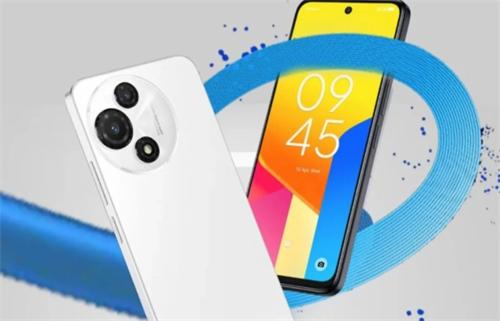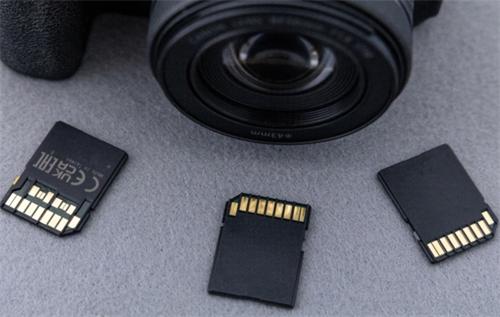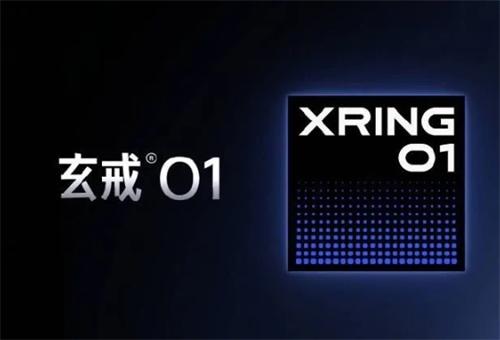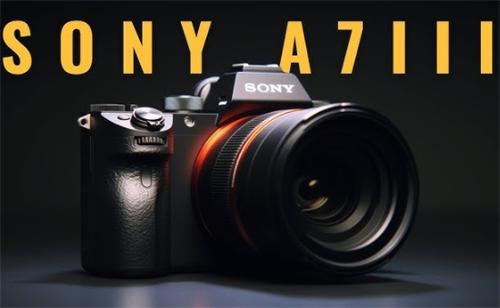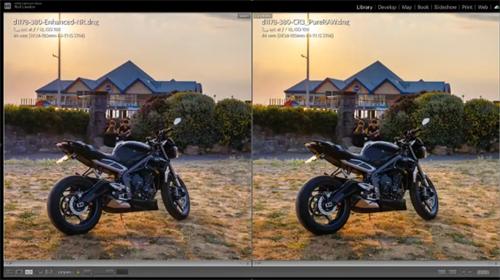The Battle of Future Display Technologies: Will OLED or Micro LED Have the Last Laugh?
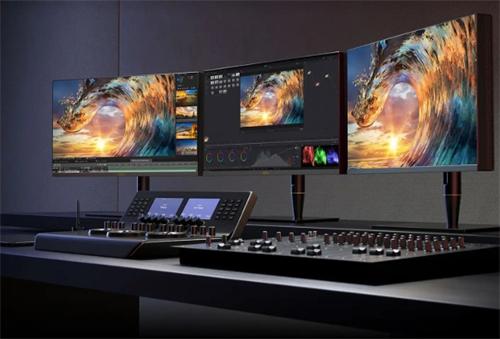
I recently visited the Shanghai International Display Expo, and wow—display technologies are evolving at an incredible pace! As a digital tech enthusiast, today I want to dive into the rivalry between two major players in the display world: OLED and Micro LED.
1. OLED: The Current Champion With Clear Strengths and Weaknesses
Let’s start with OLED, the reigning star of the display world. Its standout feature is self-emissive pixels—each pixel lights up on its own without needing a backlight. This brings several major advantages:
Incredibly thin: LG’s OLED TVs are as thin as 2.57mm—thinner than many smartphones!
Jaw-dropping visuals: True blacks and limitless contrast make images pop.
Great from any angle: Colors stay consistent, no matter where you’re sitting.
Flexible form factors: Can be used for curved or even foldable screens.
But OLED also has a major drawback: screen burn-in. It’s like those old virtual pets we used to play with—leave the same image on too long, and a ghostly imprint remains. Although the issue has improved with newer tech, it’s still not completely resolved.
2. Micro LED: The Rising Star of the Future
Now enter Micro LED, which is essentially like shrinking down the tech used in outdoor LED billboards to microscopic levels. Each light-emitting unit is just 10 microns in size and, like OLED, it's self-emissive. But since it uses inorganic materials, it offers:
Longer lifespan: No worries about burn-in.
Higher brightness: Easily viewable even under direct sunlight.
Better energy efficiency: Consumes even less power than OLED.
Superior color accuracy: Wider and more precise color gamut.
The catch? It’s expensive. Manufacturing Micro LED displays is extremely complex, especially when it comes to placing millions of micro-sized LEDs onto a panel with precision. Yields are low, and the cost reflects that—a 100-inch Micro LED TV can run into tens of thousands of dollars, making it unattainable for most consumers.
3. Reality vs. Future Potential
From what I saw at the expo, Micro LED was definitely the star of the show:
4K TVs in various sizes
Ultra-HD modular display walls
Smartphone display prototypes
But in reality, for small screens like phones and tablets, OLED still dominates due to its mature supply chain and relatively affordable price point. In larger screens, however, Micro LED is beginning to make its mark.
4. What About the Others?
Let’s briefly touch on QLED, which actually comes in two flavors:
“Fake” QLEDs sold in stores: These are really just LCD panels with a quantum dot layer.
“True” QLEDs in the lab: These are self-emissive like OLED and Micro LED, but the technology isn’t mature yet.
5. So What Does the Future Hold?
In the short term:
Phones and tablets: OLED will remain king.
TVs: LCDs still dominate the mainstream, while OLED pushes ahead in the high-end segment.
Extra-large displays: Micro LED is starting to make inroads.
In the long run:
If Micro LED overcomes its manufacturing hurdles, it could eventually take over the entire market.
OLED may continue to shine in flexible and specialty applications.
QLED could surprise us all—if the tech matures, it might become a strong competitor.
Display technology is like a marathon—who’s ahead now might not be the final winner. But one thing’s for sure: As 5G and 8K continue to evolve, our standards for display quality will only get higher. The race is on, and it’s bound to be thrilling.
Recommended for you:

